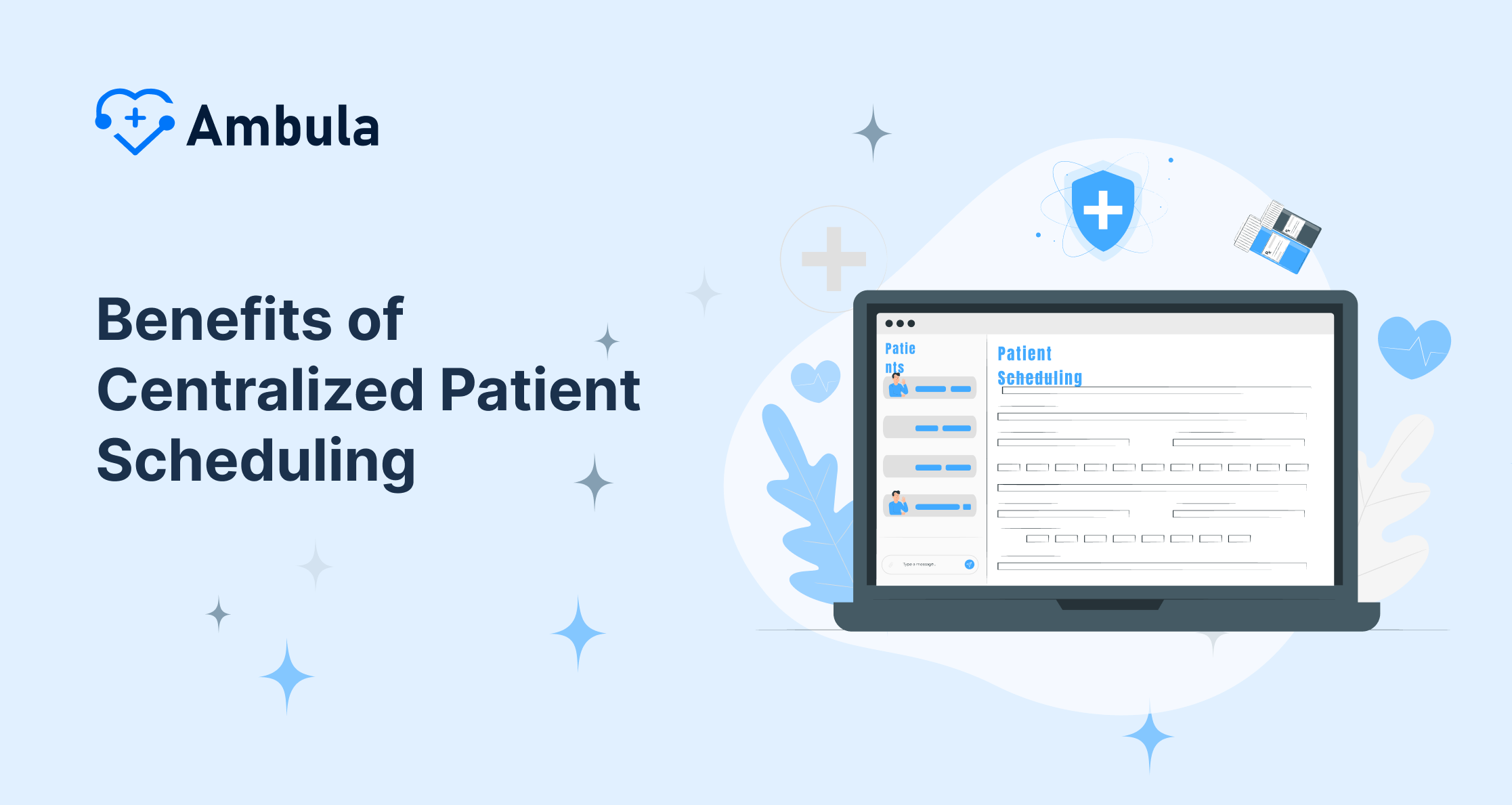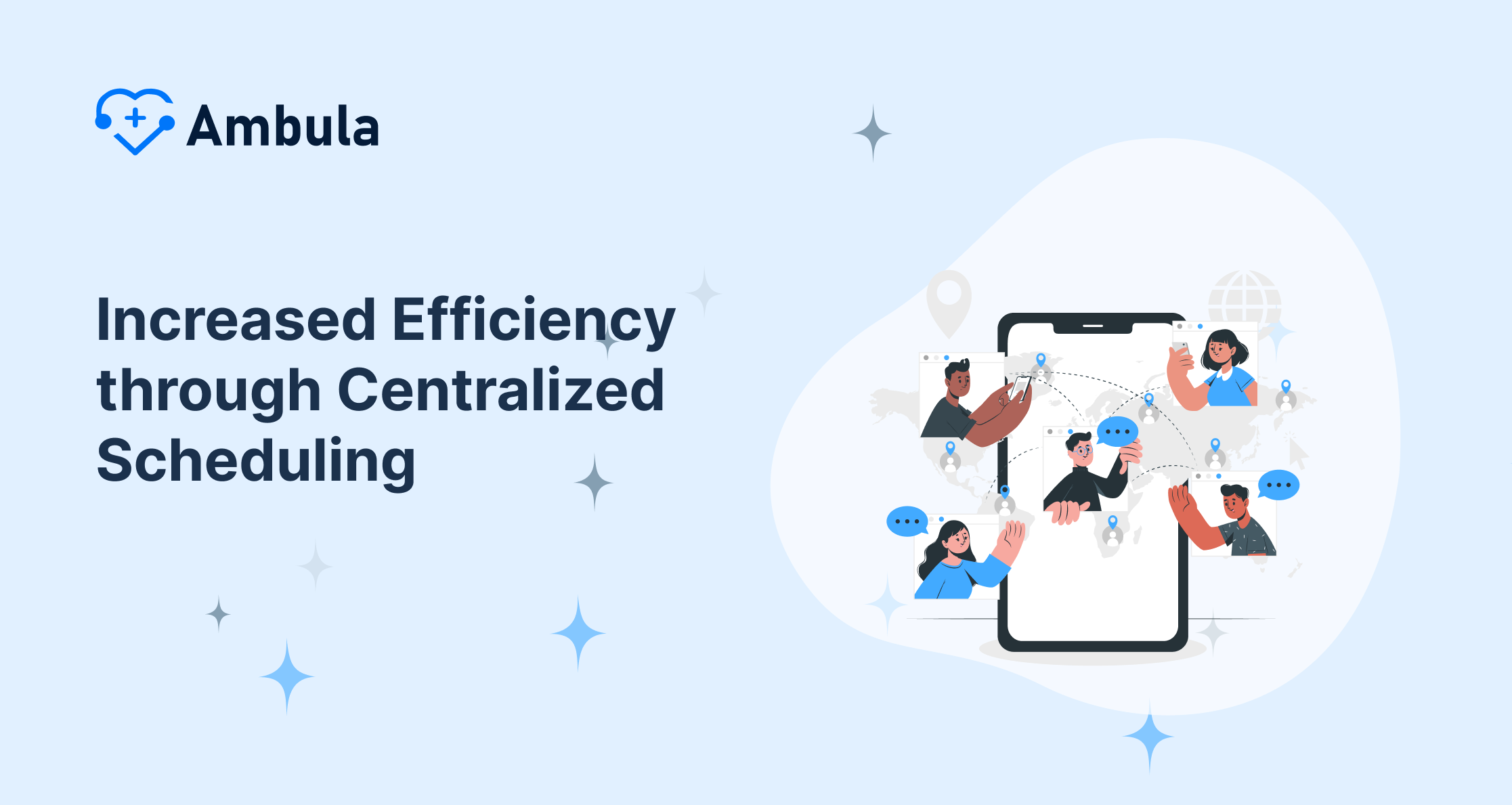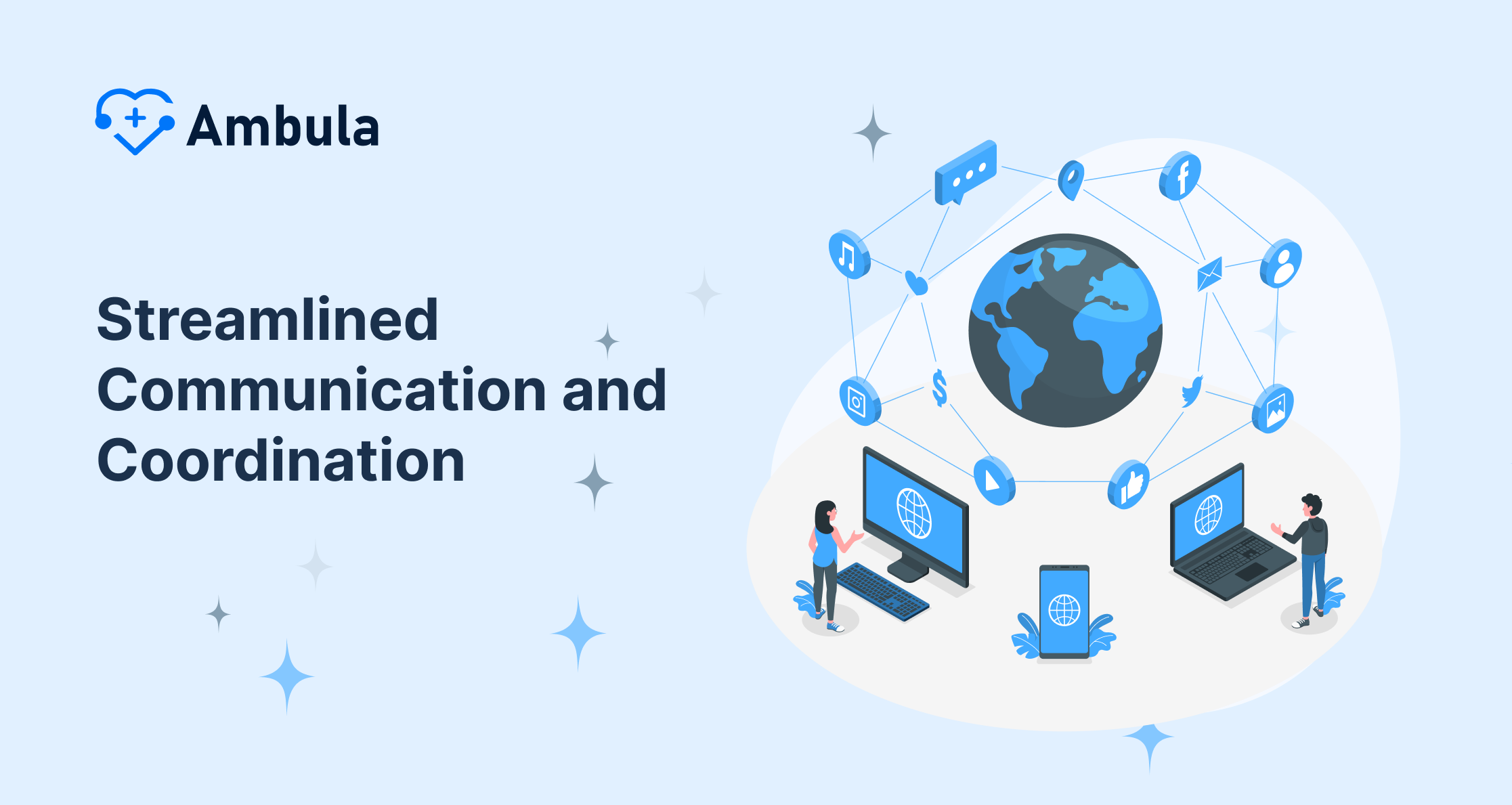
Today, we’re delving into the world of centralized patient scheduling. In its simplicity, it’s just a harmonized, up-to-date way of organizing patient appointments. This central scheduling method has grabbed the attention of numerous healthcare providers lately for a whole host of good reasons.
So, what’s the big deal about it? It’s essentially about getting everything in order – making sure the right patient meets the right doctor at the right time, all while keeping the patient scheduling process smooth and steady. How about an easier, more streamlined experience for the medical staff and the patients? Sound good? Let’s dive in!
Trust me, it’s quite an evolution from the traditional way we used to do things. That takes us to our next point of discussion about what is centralized scheduling.
The Shift from Traditional to Centralized Scheduling
Those of us who’ve been in the healthcare industry for a while remember the traditional ways of scheduling. Each department followed its systems and protocols. There wasn’t much coordination between them, which often led to confusion, miscommunication, and, most importantly, delays in patient care. This highlights one disadvantage of appointment systems that lack centralization.
Thankfully, those days are gradually starting to fade. Now, we have the option of a centralized scheduling hospital system. This innovative scheduling model consolidates every department under one universal scheduling system. Imagine – no more stumbling through a maze of separate schedules or dealing with duplicate entries; it’s all clean, neat, and efficient! This showcases the clear advantages of centralized processing.
More and more healthcare organizations are embracing this shift, both the smaller clinics and the large hospital chains. Why, you ask? Well, let’s roll up our sleeves and dig a little deeper into the definition of centralized healthcare scheduling.
Importance of Centralized Patient Scheduling
In an increasingly connected world, healthcare is no exception. The services we deliver, the care our patients receive, and the overall outcomes we achieve are all a part of a closely-knit system. This is where centralized patient scheduling becomes the nerve center of modern healthcare operations, in contrast to the disadvantages of decentralization.
Firstly, it brings about an overarching view of system-wide schedules, allowing us to always see the bigger picture. No more blind spots or unexpected overlaps. Every little piece of the scheduling puzzle is right there in front of us. This clarity is priceless and aligns with the core purpose of appointment systems!
Secondly, it’s all about efficiency and consistency. With faster scheduling, reduced errors, and improved patient and staff experience, quality healthcare delivery is no longer just a goal; it’s our reality. Therefore, centralized scheduling is not just important; it’s essential. These are key factors for choosing a scheduling system.
Increased Efficiency through Centralized Scheduling
Efficiency. Everyone loves it! It’s a core component in any industry, most of all in healthcare. Longer waiting periods, last-minute cancellations, and miscommunication can lead to discontent and dissatisfaction, which are some of the disadvantages of computerized appointment systems if not implemented well. But how do we address these issues?
Centralized scheduling, my friend. This method allows healthcare providers to funnel all appointments through a unified system, thereby improving logistics and reducing hiccups. It’s like having an extra pair of hands on deck to make the patient-scheduling process a seamless experience, showcasing the clear advantages of computerized scheduling and advantages of electronic schedulers.
Take Mr. Smith for an example. He has a dental appointment on a Monday, a cardiology check-up on a Wednesday, and a physiotherapy session on Friday. Instead of juggling his appointments between different departments, the centralized scheduler does the work. Voila an efficient, hassle-free system! This is one of the key benefits of scheduling.
Enhancing Patient Experience
Let’s talk about our patients, the heart of our healthcare story. Patient satisfaction is the barometer of our success. Can centralized patient scheduling significantly enhance their experience and improve customer service? Absolutely, yes!
Allow me to paint a picture: Gone are the days of frustrating phone calls to book an appointment and the seemingly endless wait times. With centralized patient scheduling, the entire process becomes smooth and easy. It cuts down the time a patient spends waiting to book appointments or in waiting rooms, making the entire experience streamlined and patient-centered. This improves patient access and the overall patient engagement.
Moreover, this system caters to larger patient data, enabling healthcare organizations to better understand patient needs. This improved knowledge allows for better-informed decisions about when, where, and how patients receive care, supporting a patient-centered medical home model. Sounds pretty satisfying, right?
Streamlined Communication and Coordination
Something else to think about – what makes a healthcare organization run smoothly? If your mind shouted, “Communication and coordination!” you’re right!
A well-coordinated healthcare team can work wonders. The centralized scheduling process steps up to the task of streamlining communication between departments and healthcare professionals by providing a single, shared platform. Everyone sees the same information simultaneously, reducing misunderstandings and fostering better connections, even in a multi-location practice.
This doesn’t just lead to higher staff morale; it also leads to more consistent and high-quality patient care. After all, when teams are synced, they’re better equipped to provide optimal and personalized care to patients. The scheduling structure and scheduling consistency are key to this.
Improved Revenue and Cost-Effectiveness
Now, we’re getting down to the nitty-gritty—the business side of healthcare. Providing efficient and quality care is good, but a healthcare organization’s financial health is also crucial. This is yet another front where centralized patient scheduling shines, impacting the overall revenue cycle.
Consider this: by reducing administrative work and scheduling errors, healthcare providers can save considerable time and money. Additionally, with more organized provider schedules, providers can accommodate more patients, effectively increasing revenue and patient capacity.
Also, this synchronized system reduces patient cancellations and no-shows, which could otherwise result in revenue loss. So, we’re looking at more operational efficiency, less expenditure, and increased revenue. Talk about a win-win-win situation!
Centralized Scheduling and Data Management
There’s one major upside of centralized patient scheduling that we haven’t touched upon yet – data management. In our world of information, effective data management can significantly improve service delivery.
A centralized scheduling system offers a remarkable advantage: It is a panoptic data management system. Everything is stored in one location, from patient personal data to appointment history. This certainly has implications for patient care but also aids in forecasting, research, and decision-making. Essentially, it’s creating a gold mine of information at your fingertips, enabling risk stratification!
Moreover, the role technology plays in centralized scheduling is also worth appreciating. With digital solutions and scheduling templates for medical office, scheduling patients has become more accurate, faster, and accessible, improving access point healthcare and access scheduling.
Potential Challenges and Solutions in Centralized Patient Scheduling
Just like anything else, centralized patient scheduling is not entirely without challenges. But don’t worry, none of them are insurmountable!
Some might point out the cost and complexities of moving to a new system, or the training and time it takes to get everyone up to speed, especially the scheduling staff and call center. Those are fair points, indeed. However, the long-term benefits tend to outweigh these short-term challenges.
Moreover, many scheduling systems for practice today are user-friendly and intuitive. Besides, ongoing training and software updates can help speed up the transition process. And as for the costs, consider it an investment unto more significant savings down the line! It’s all part of continuous process improvement.
Conclusion
In a nutshell, centralized patient scheduling is a game-changer. It streamlines operations, enhances communication, and significantly improves the patient experience. Moreover, it acts as a pillar of support to healthcare organizations’ financial health and eases data management’s complexity.
But just like any other transformation, it takes time and mindful implementation. Rest assured, I do not doubt that this change is well worth embracing, helping you to take your healthcare delivery to the next level through workflow optimization, scheduling optimization, improved staff utilization, scheduling efficiency, and rapid cycle change. So, healthcare organizations, are you ready for the shift?






